Search
Items tagged with: skywatching

The Next Full Moon is the Snow Moon
The next full moon will be Wednesday morning, Feb. 12, 2025, appearing opposite the Sun (in Earth longitude) at 8:53 a.m. EST. The Moon will appear full forGordon Johnston (NASA Science)
Why Does the Moon Look Larger at the Horizon? We Asked a NASA Scientist: Episode 50 - NASA
Why does the Moon look larger on the horizon? The short answer is, we don't know.Emily Furfaro (NASA)
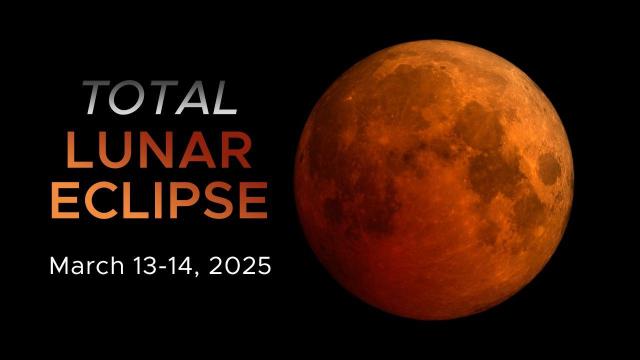
What You Need To Know About the March 2025 Total Lunar Eclipse
A total lunar eclipse will tint the Moon red-orange on the night of March 13 or early in the morning of March 14, depending on your time zone.Caela Barry (NASA Science)

Planetary Alignments and Planet Parades
On most nights, weather permitting, you can spot at least one bright planet in the night sky. While two or three planets are commonly visible in the hoursPreston Dyches (NASA Science)
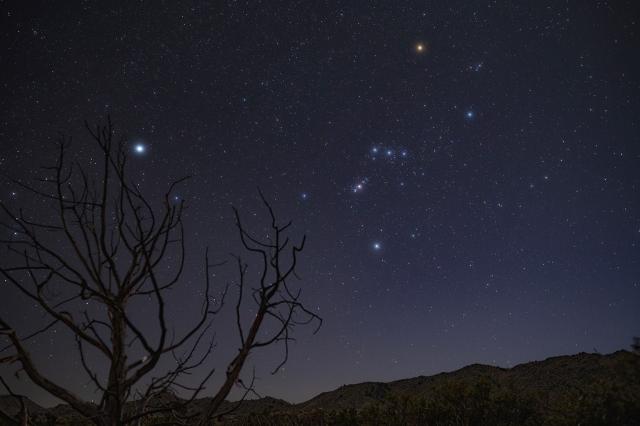
What’s Up: February 2025 Skywatching Tips from NASA
Above are the phases of the Moon for February. Stay up to date on all of NASA's missions exploring the solar system and beyond at science.nasa.gov. I'mPreston Dyches (NASA Science)
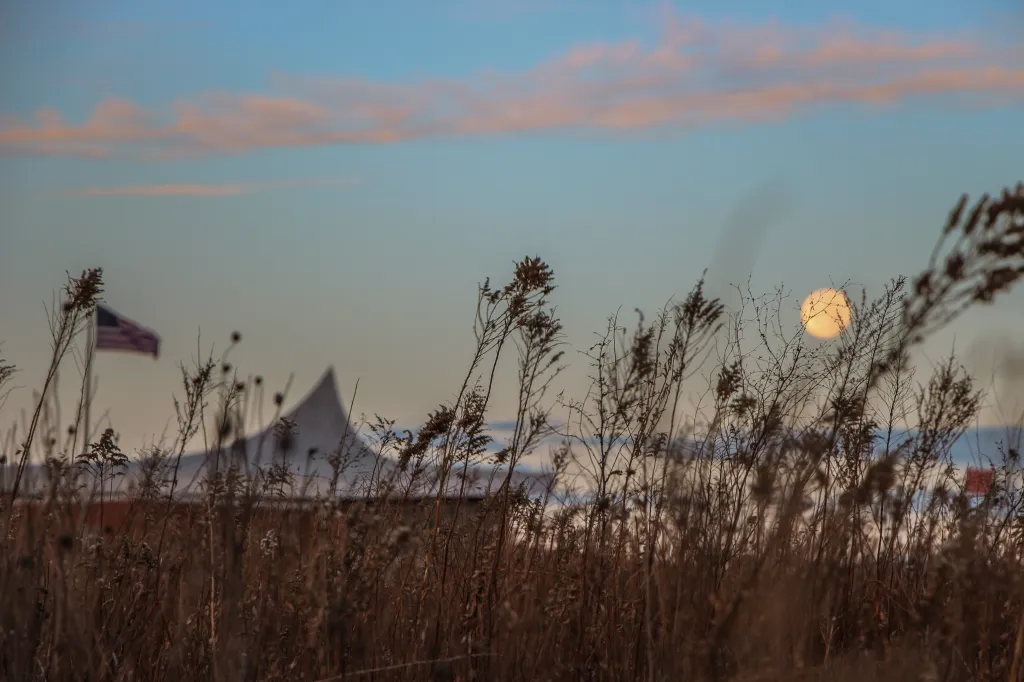
The Next Full Moon is the Wolf Moon - NASA Science
The next full Moon is the Wolf Moon. It will be Monday evening, Jan. 13, 2025, and will appear full for about three days.science.nasa.gov
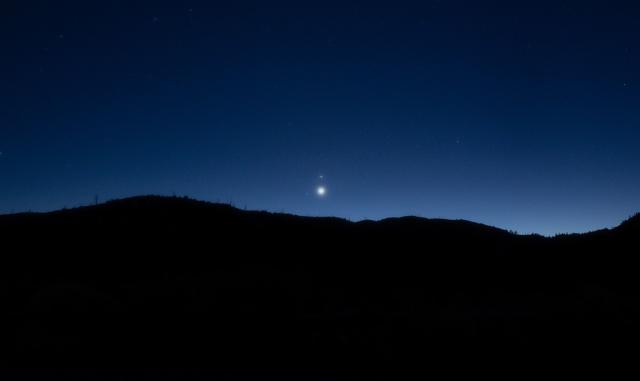
What's Up: January 2025 Skywatching Tips from NASA - NASA Science
Each evening, enjoy a sweeping view of four planets at once. Also look for Mars occulted by the Moon and meteors!science.nasa.gov
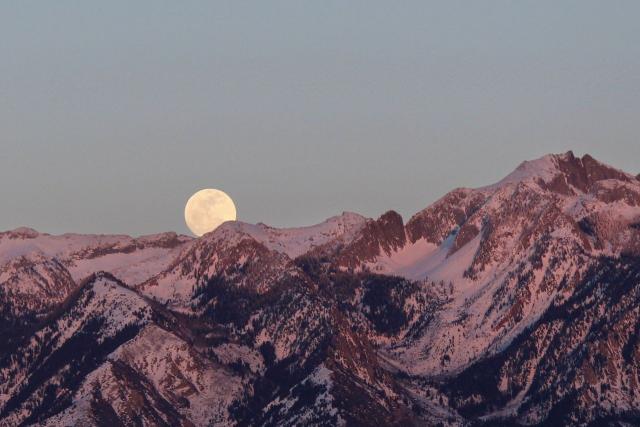
The Next Full Moon is the Cold Moon - NASA Science
The Next Full Moon is the Cold Moon, Frost Moon, or the Winter Moon; the Moon before Yule or the Oak Moon; or the Long Night Moon.science.nasa.gov
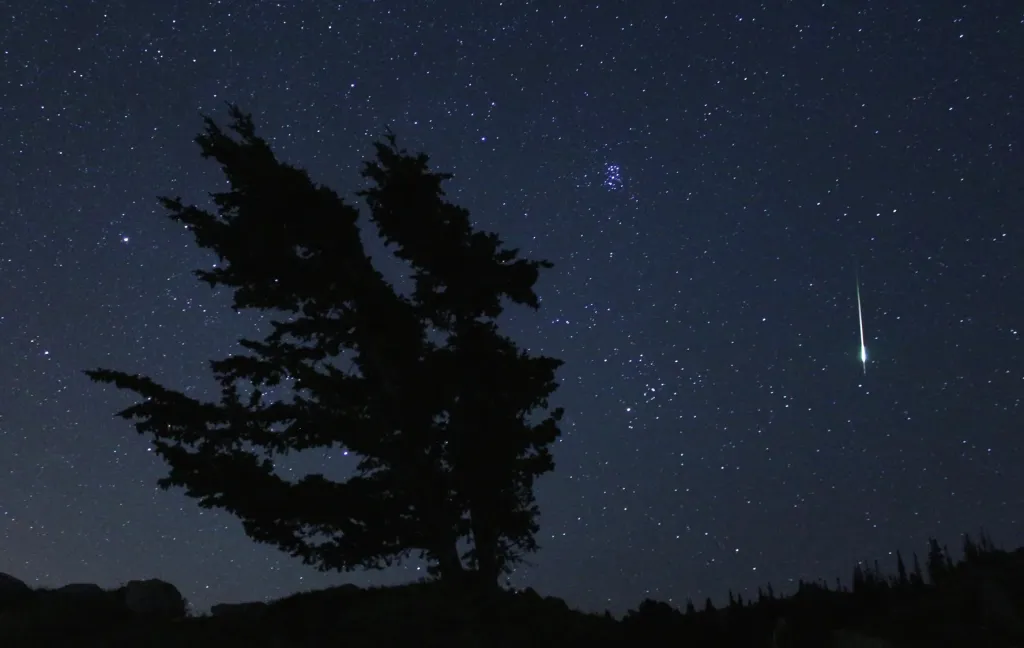
What's Up: December 2024 Skywatching Tips from NASA - NASA Science
In December, Venus dazzles as the "Evening Star," Jupiter reaches its brightest for the year, and the Geminid meteor shower peaks under challenging moonlit skies.science.nasa.gov

The Next Full Moon Will Be the Last of Four Consecutive Supermoons - NASA Science
The Next Full Moon is a Supermoon; the Beaver, Frost, Frosty, or Snow Moon; Kartik Purnima; Loy Krathong; the Bon Om Touk (”Boat Racing Festival”) Moon, the Tazaungdaing Festival Moon; and Ill Poya.science.nasa.gov
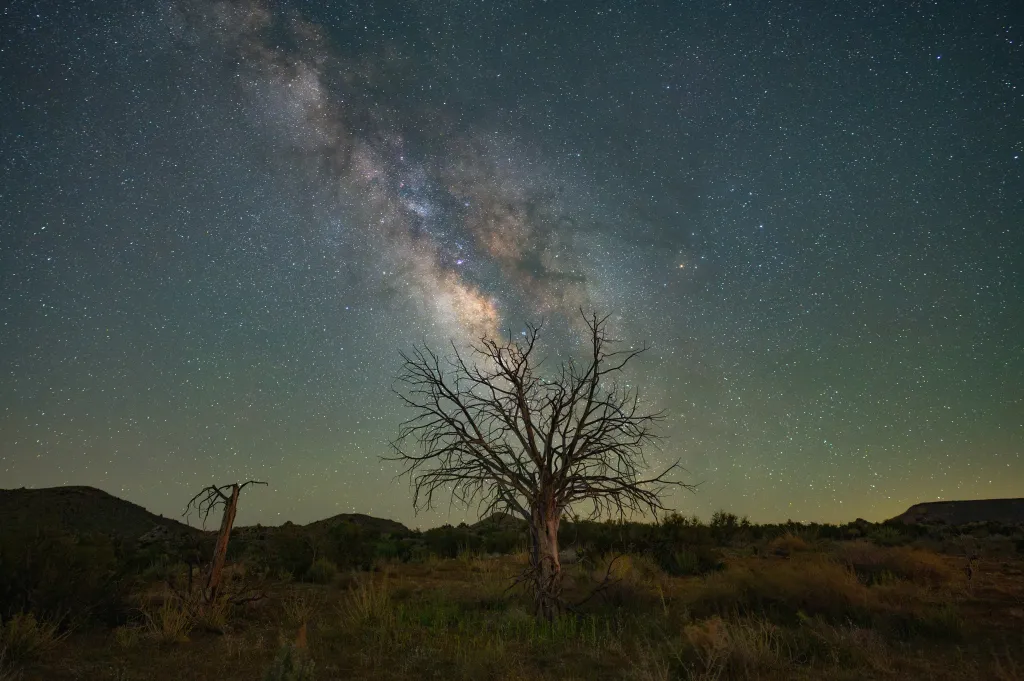
What's Up: November 2024 Skywatching Tips from NASA - NASA Science
Planets visible in November: Saturn shines in the south most of the night, Jupiter rises in the early evening, while Mars is visible in the early morning sky.science.nasa.gov
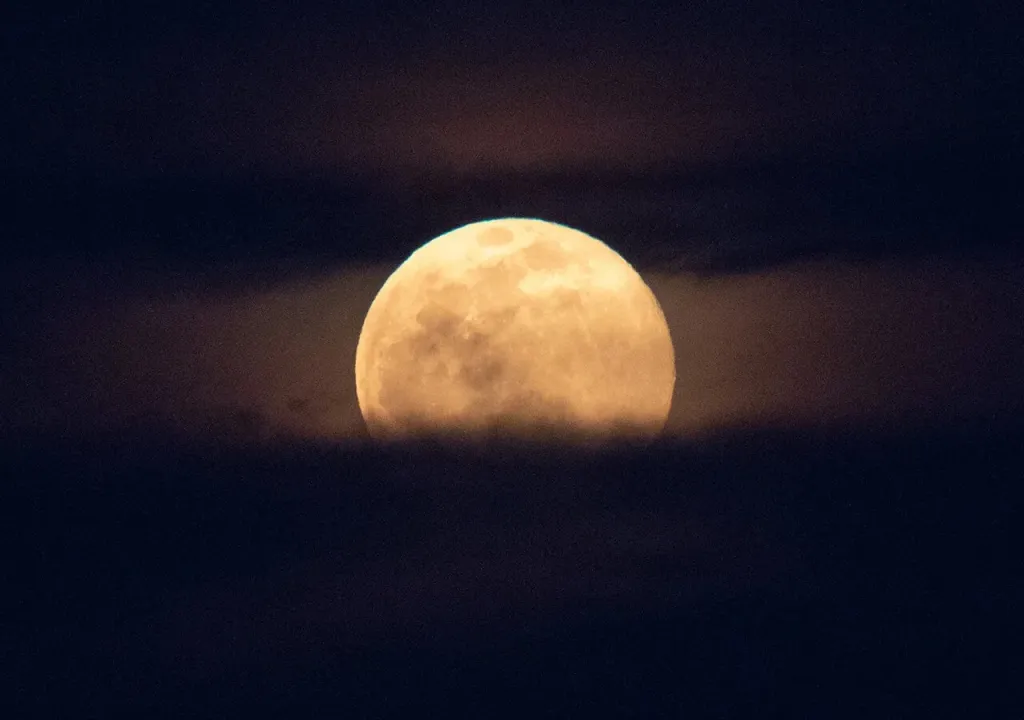
The Next Full Moon is a Supermoon, and the Hunter's Moon - NASA Science
The next full Moon will be Thursday morning, Oct. 17, 2024, at 7:26 a.m. EDT. This will be the third of four consecutive supermoons.science.nasa.gov
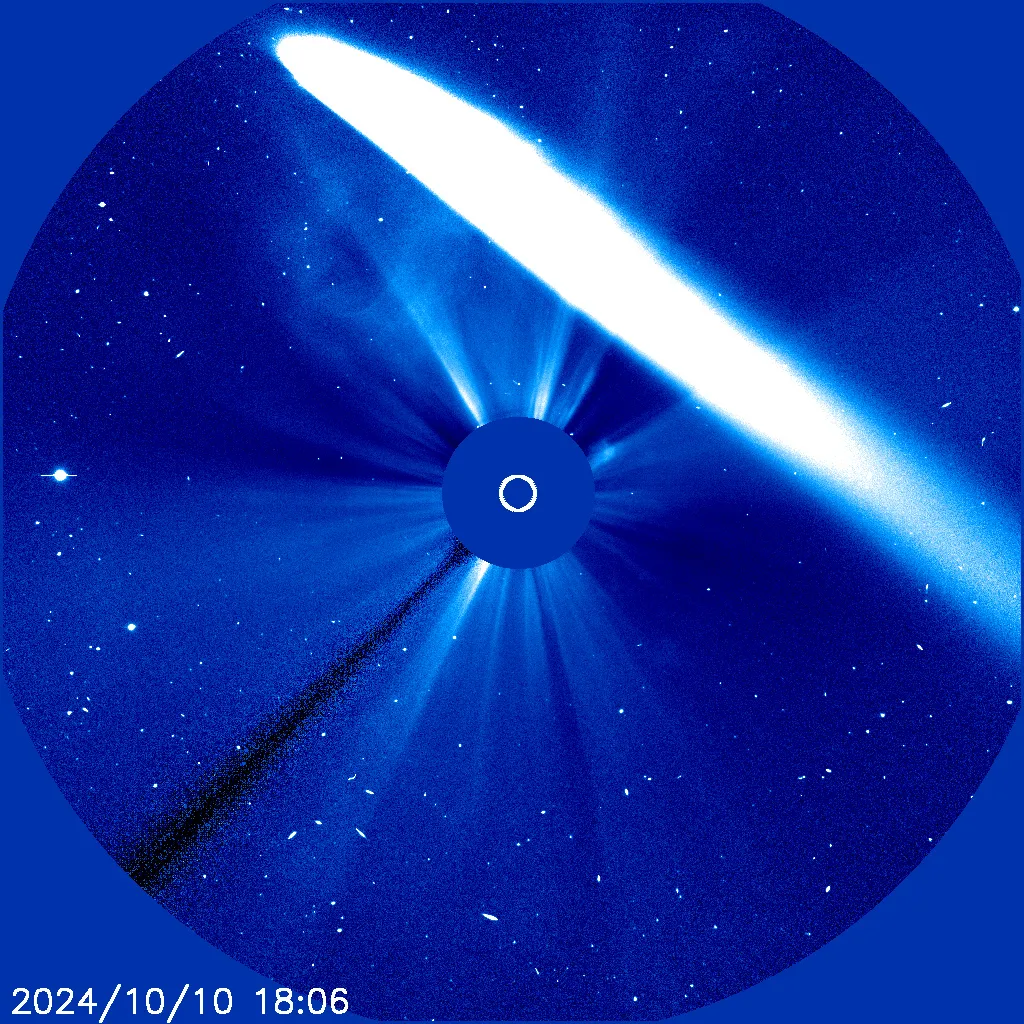
ESA/NASA’s SOHO Spies Bright Comet Making Debut in Evening Sky - NASA Science
The Solar and Heliospheric Observatory (SOHO) has captured images of the second-brightest comet to ever pass through its field of view, comet C/2023 A3 Tsuchinshan-ATLAS.science.nasa.gov
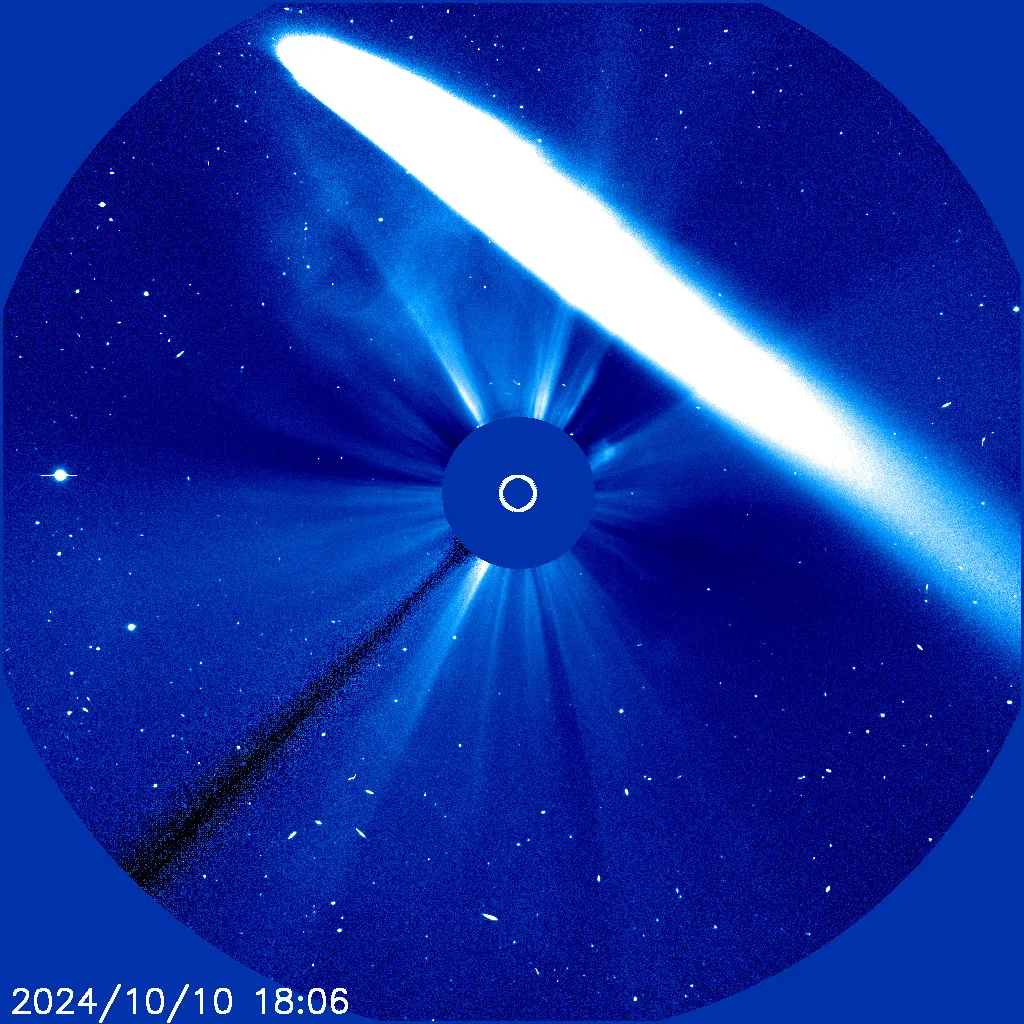
ESA/NASA’s SOHO Spies Bright Comet Making Debut in Evening Sky - NASA Science
The Solar and Heliospheric Observatory (SOHO) has captured images of the second-brightest comet to ever pass through its field of view, comet C/2023 A3 Tsuchinshan-ATLAS.science.nasa.gov
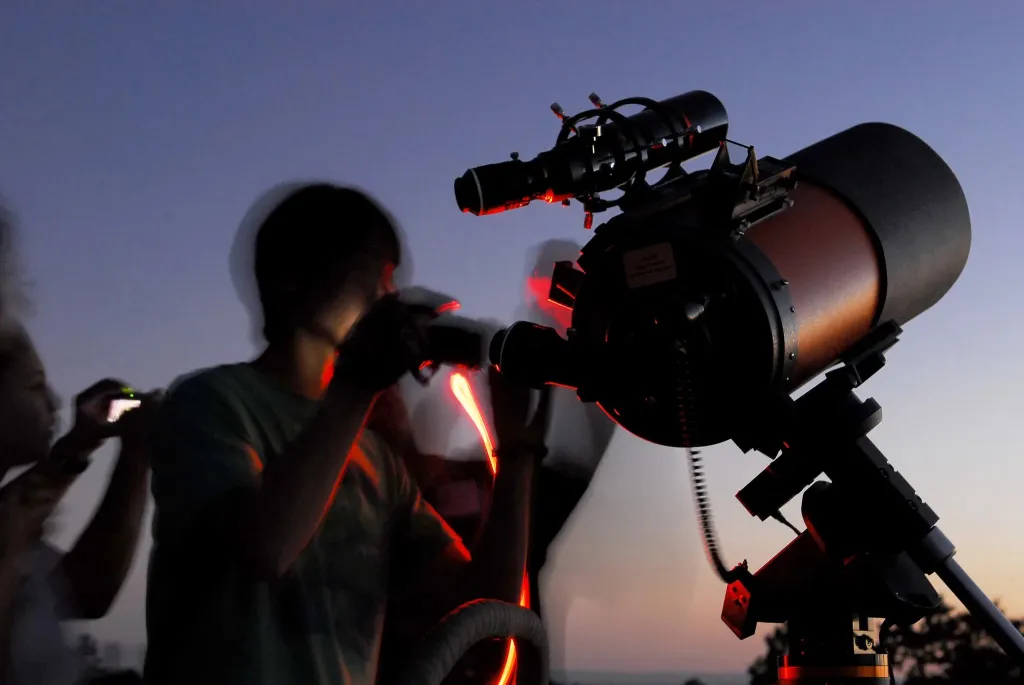
What's Up: October 2024 Skywatching Tips from NASA - NASA Science
A new comet is passing through the inner solar system! It appears in twilight after about Oct. 14.science.nasa.gov
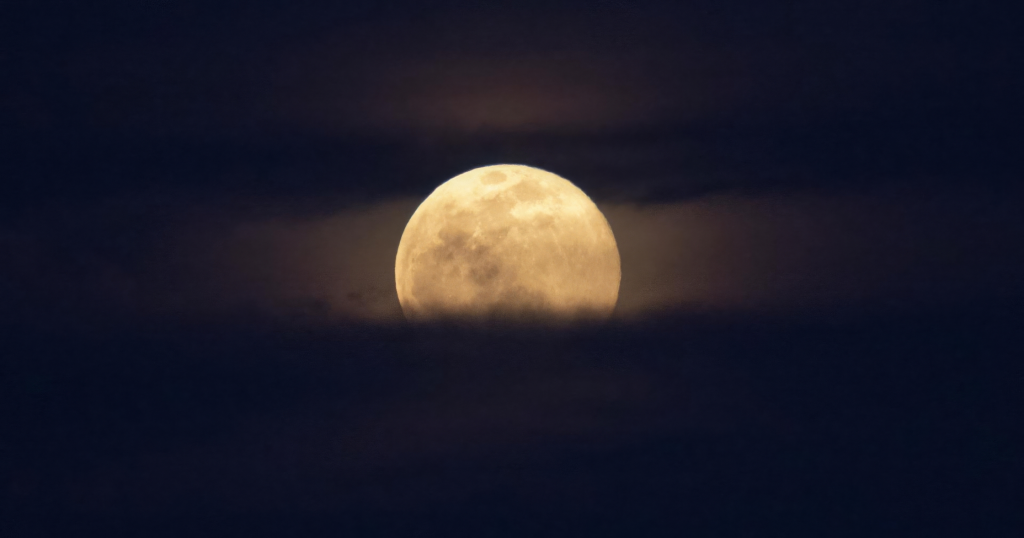
The Next Full Moon is a Partial Lunar Eclipse; a Supermoon; the Corn Moon; and the Harvest Moon - NASA Science
The next full Moon will be Tuesday, September 17, 2024, at 10:35 PM EDT. The Moon will appear full from Monday evening through Thursday morning.science.nasa.gov

What's Up: September 2024 Skywatching Tips from NASA - NASA Science
A partial lunar eclipse makes the full supermoon on Sept. 17th extra super. Also, chances to observe five planets this month, and a global night for observing.science.nasa.gov
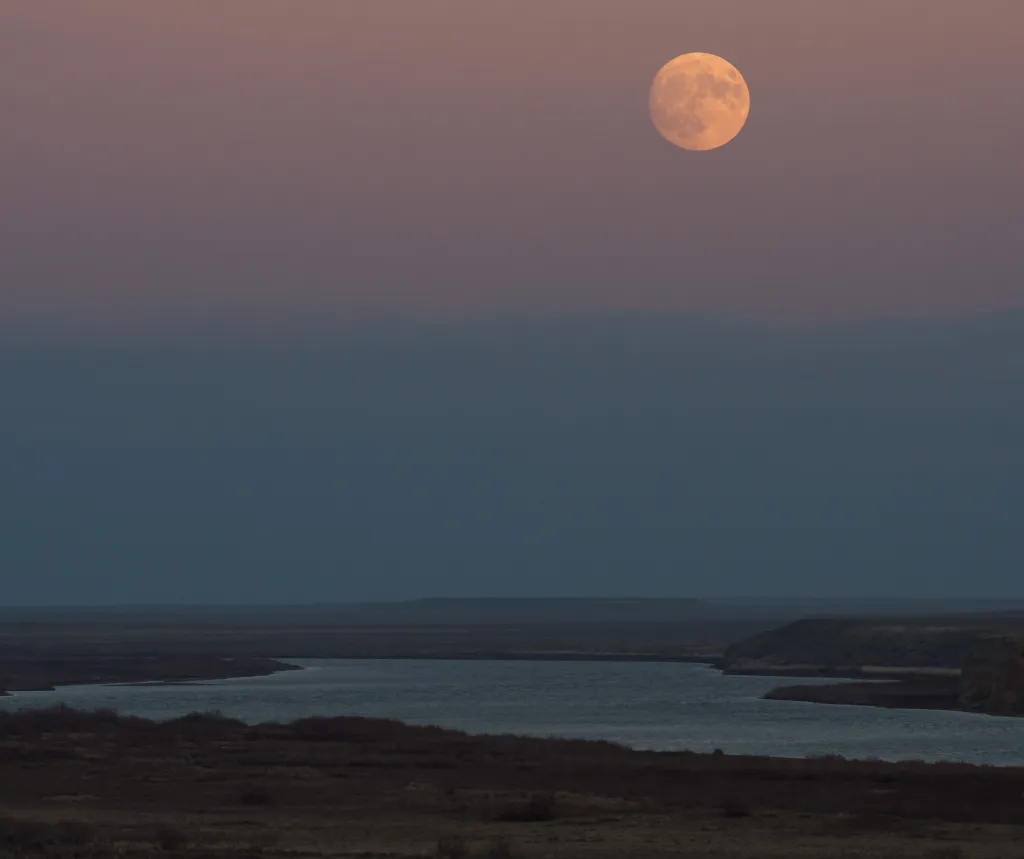
Super Blue Moons: Your Questions Answered - NASA Science
The Moon of August 30-31, 2023, is a full moon, a supermoon, and a blue moon. Here's what it all means.science.nasa.gov
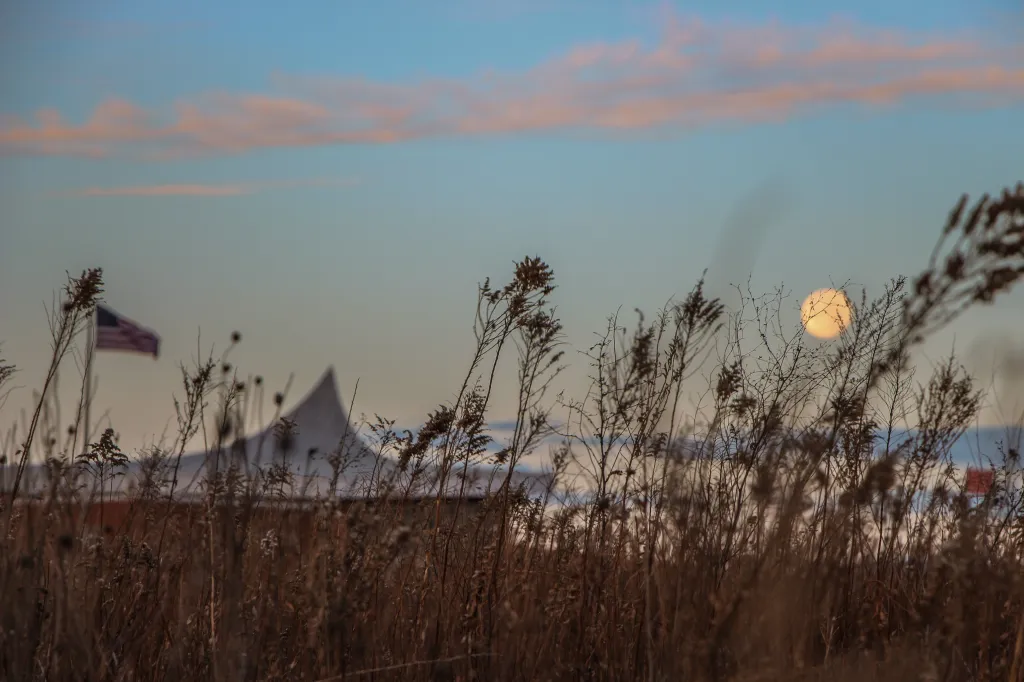
The Next Full Moon is a Supermoon Blue Moon - NASA Science
The full Moon will be Monday afternoon, August 19, 2024, at 2:26 PM EDT. The Moon will appear full from Sunday morning through early Wednesday morning.science.nasa.gov
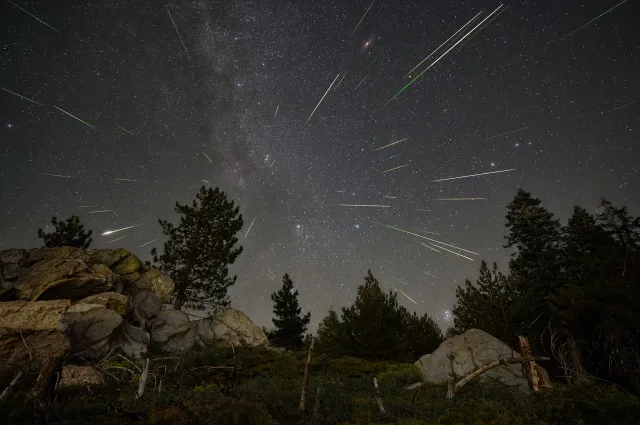
What's Up: August 2024 Skywatching Tips from NASA - NASA Science
Two planets meet for a super close conjunction, the Perseid meteor shower peaks, and look for the Lagoon Nebula – a stellar nursery in Sagittarius.science.nasa.gov
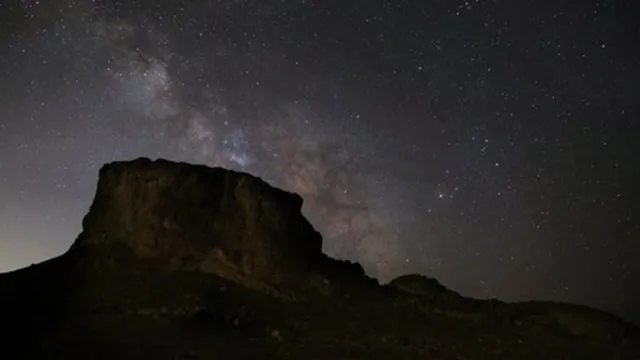
What's Up: July 2024 Skywatching Tips from NASA - NASA Science
What are some skywatching highlights in July 2024?The Moon and planets come together twice in the morning sky – at the start and end of July.science.nasa.gov

The Next Full Moon is the Strawberry Moon - NASA Science
The next full Moon will be Friday evening, June 21, 2024, at 9:08 PM EDT. The Moon will appear full from Thursday evening through Sunday morning.science.nasa.gov
What's Up: June 2024 Skywatching Tips from NASA - NASA Science
Saturn and Mars meet up with the Moon, Jupiter returns at dawn, and tips for identifying some common objects seen in the sky.science.nasa.gov

The Next Full Moon is the Flower, Corn, or Corn Planting Moon - NASA Science
The next full Moon will be on Thursday morning, May 23 at 9:53 AM EDT. The Moon will appear full from Tuesday night through early Friday evening.science.nasa.gov
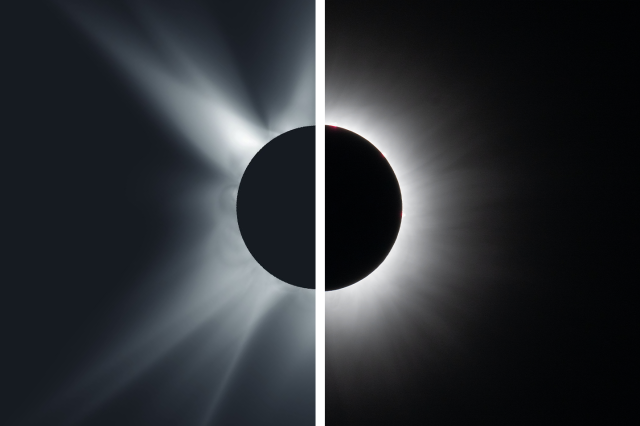
2024 Total Solar Eclipse: Prediction vs. Reality - NASA Science
Before a total solar eclipse crossed North America on April 8, 2024, scientists at Predictive Science Inc. of San Diego aimed to foresee what the Sun’s outer atmosphere, the corona, would look like during totality.science.nasa.gov
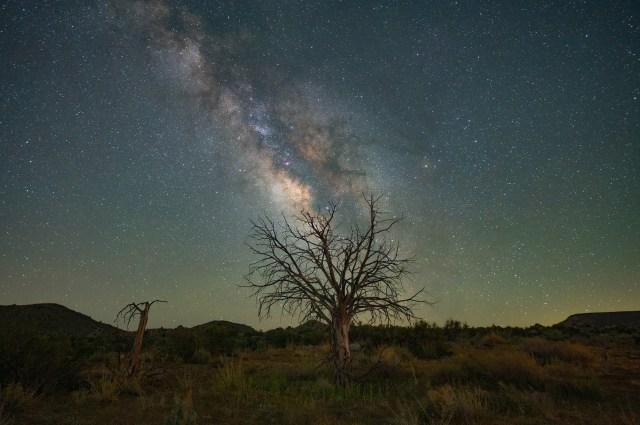
What's Up: May 2024 Skywatching Tips from NASA - NASA Science
See Mars, Saturn, and Mercury in the May morning sky. Antares slips behind the Moon for East Coast U.S. skywatchers. And the eta Aquariid meteors peak May 6th.science.nasa.gov

The next full Moon is the Pink Moon, Sprouting Grass Moon, Egg Moon, Fish Moon, the Pesach or Passover Moon
The next full Moon will be Tuesday evening, April 23, 2024, The Moon will appear full for about 3 days around this time, from Monday morning to Thursday morning.science.nasa.gov
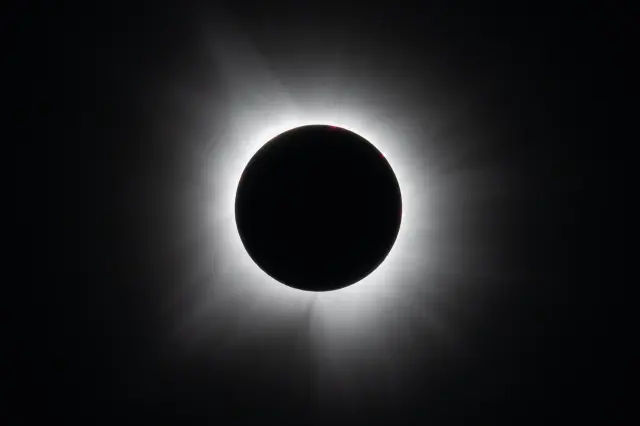
The April 8 Total Solar Eclipse: Through the Eyes of NASA
On April 8, 2024, the Moon’s shadow swept across North America, treating millions to a breathtaking view of a total solar eclipse. As the Moon passed in front of the Sun, it revealed the Sun’s wispy white outer atmosphere — the corona.science.nasa.gov
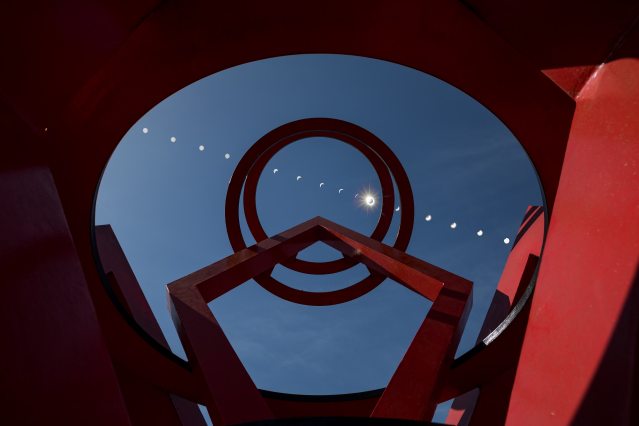
More Than 36,000 Volunteers Helped Do NASA Eclipse Science
Thank you for helping us out! Over 36,000 people helped do NASA Science during Monday’s total solar eclipse. Together, these volunteers submitted more than 60,000 vital pieces of eclipse data to NASA science projects.science.nasa.gov
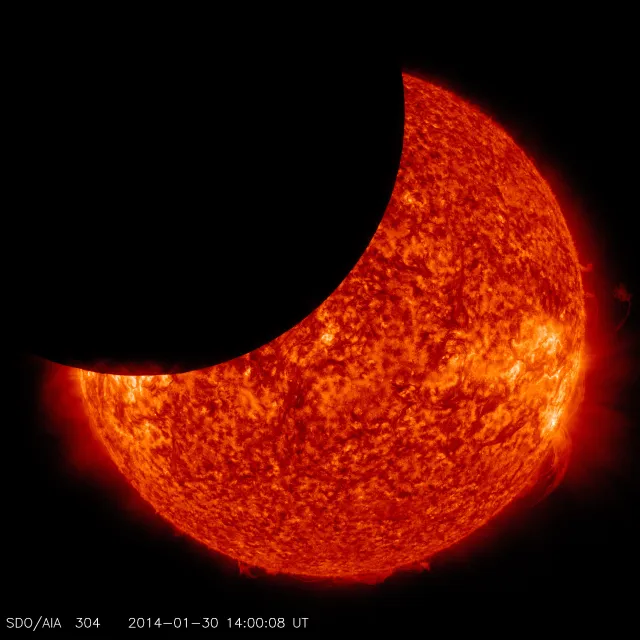
Harnessing the 2024 Eclipse for Ionospheric Discovery with HamSCI
As the total solar eclipse on April 8, 2024, draws closer, a vibrant community of enthusiastic amateur radio operators, known as “hams,” is gearing up for an exciting project with the Ham Radio Science Citizen Investigation (HamSCI) group.science.nasa.gov
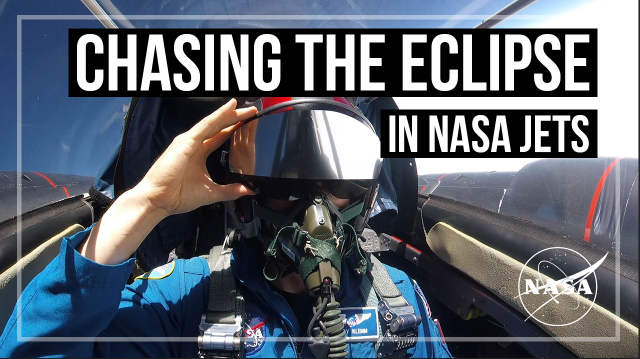
Scientists Pursue the Total Solar Eclipse with NASA Jet Planes
The April 8, 2024, total solar eclipse will produce stunning views across North America. While anyone along the eclipse path with a clear sky will see the spectacular event, the best view might be 50,000 feet in the air, aboard NASA’s WB-57 jet plane…science.nasa.gov

Scientists Use NASA Data to Predict Solar Corona Before Eclipse
Our Sun, like many stars, is adorned with a crown. It’s called a corona (Latin for “crown” or “wreath”) and consists of long, thread-like strands of plasma billowing out from the Sun’s surface.science.nasa.gov
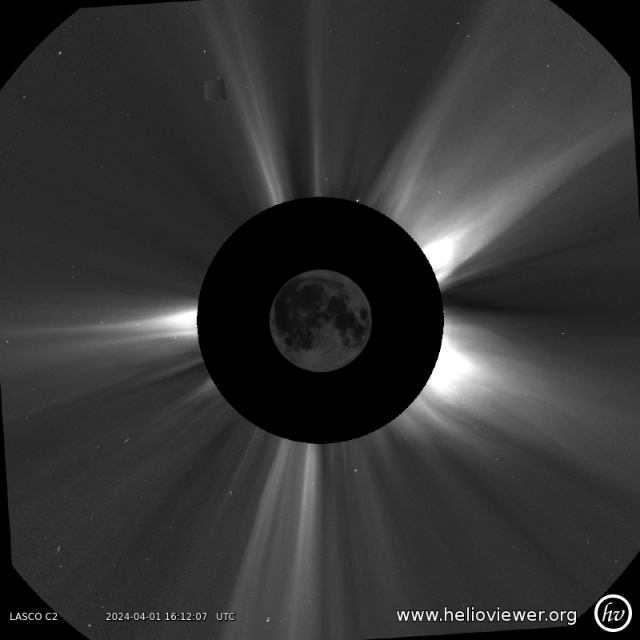
New ‘Eclipse Watch’ Tool Shows Eclipses from Space Any Time
Do you wish you could see a total solar eclipse every day? With a new online tool called Eclipse Watch, you can observe the Sun’s outer atmosphere, or corona, in real time with eclipse-like images from space as we count down to the next total solar e…science.nasa.gov
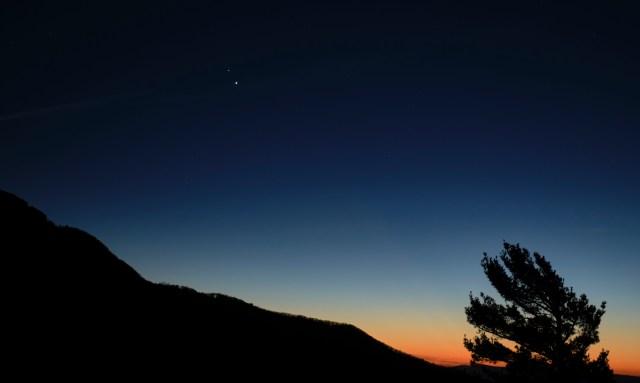
What's Up: April 2024 Skywatching Tips from NASA
Catch Mars and Saturn rising, and Jupiter hangs out with Comet 12P. Plus NASA has you covered for the total eclipse whether you're headed to totality or watching from afar.science.nasa.gov
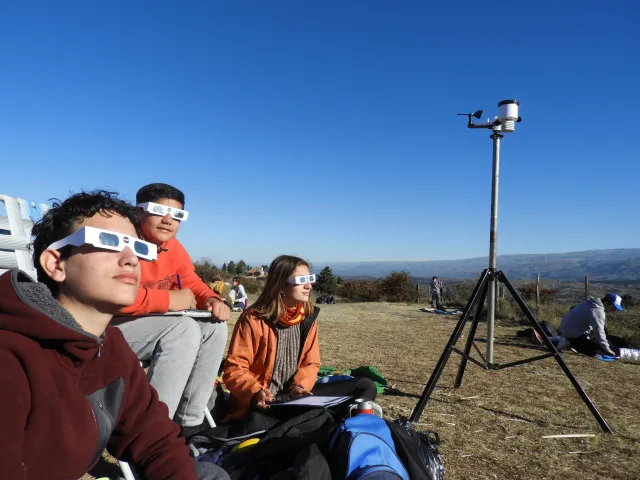
Citizen Scientists Invited to Collect Data for NASA During Eclipse
On April 8, 2024, as the Moon passes between the Sun and Earth, thousands of amateur citizen scientists will measure air temperatures and snap pictures of clouds.science.nasa.gov

What's Up: March 2024 Skywatching Tips from NASA
Jupiter plows through the Pleiades on March 14, a chance to spot Mercury at month's end along with a subtle lunar eclipse, and a comet worth keeping an eye on!science.nasa.gov

March-April 2024: The Next Full Moon is the Crow, Crust, Sap, Sugar, or Worm Moon
Since this full Moon is a little over a day after apogee (when the Moon is at its farthest from the Earth in its orbit) this is a micromoon, the opposite of a supermoon.science.nasa.gov
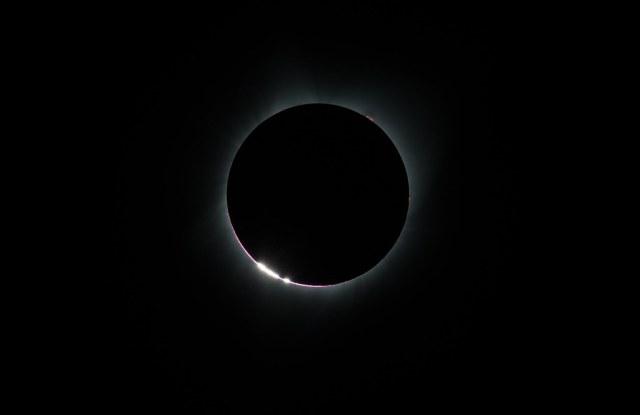
Don’t Make Me Wait for April 8!
Can’t wait to see the Moon block the Sun on April 8? Neither can we. But we have good news – if you want to see an incredible cosmic alignment, you can catch one right now! Exoplanets, asteroids, and other objects regularly pass in front of stars and…science.nasa.gov

Eclipse Citizen Science for Educators
“Citizen” here refers to citizens of Planet Earth. These projects are open to everyone, regardless of country of birth or legal citizenship status.science.nasa.gov

Contribute to NASA Research on Eclipse Day – and Every Day
NASA is celebrating the Sun during the Heliophysics Big Year, which extends through the end of 2024. You can get involved to help us learn more about our star and its influence on our planet.science.nasa.gov
